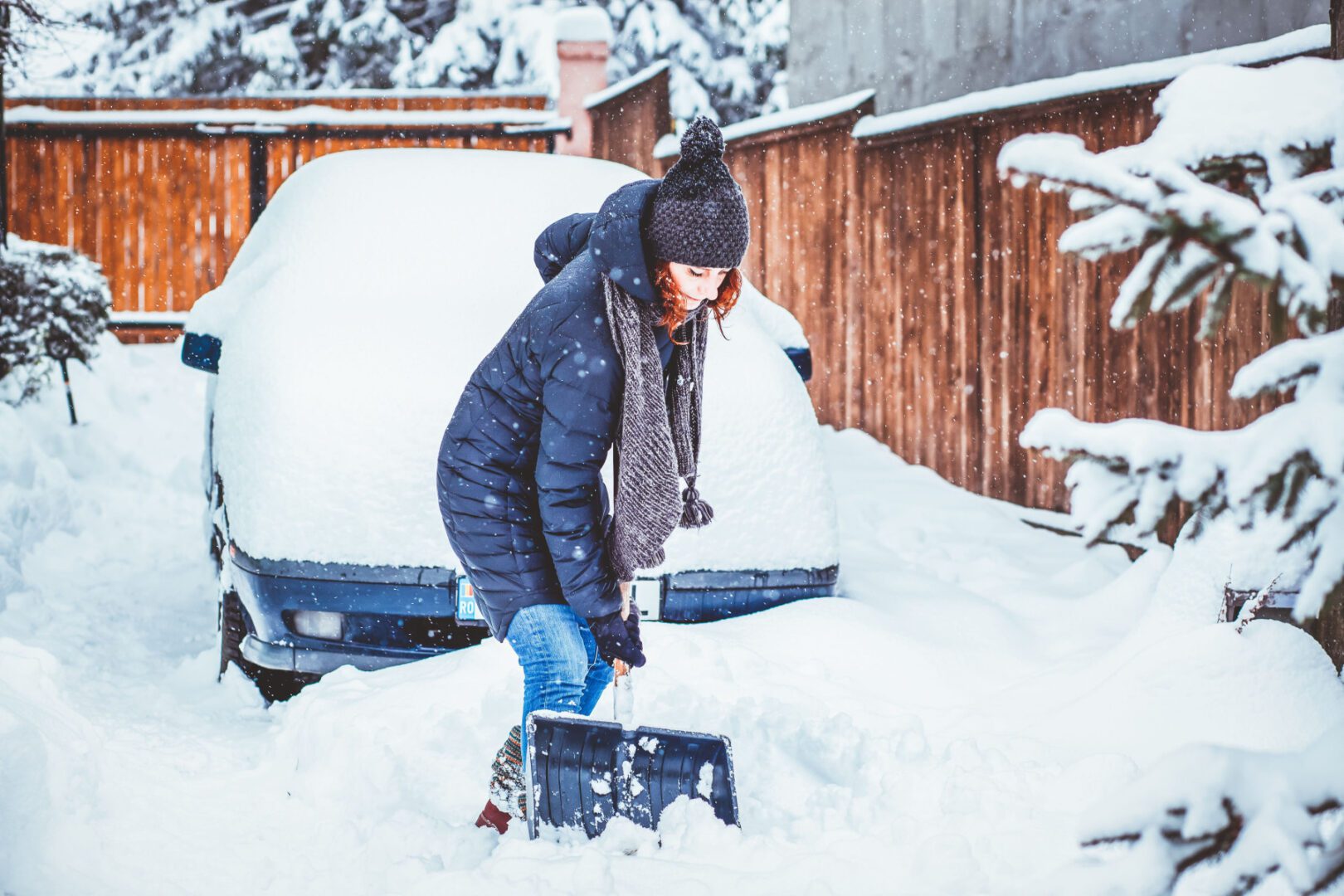SPRINGFIELD – With early blasts of winter hitting the state this week, now is the time for “Winter Weather – Get it Together.” The Illinois Department of Transportation, Illinois State Police, the Illinois Tollway and their safety partners are urging the public to get ready for snow and ice and prepare for driving when conditions make a turn for the worse in the months ahead.
“This past week has served as reminder that the weather in Illinois can change suddenly, forcing anyone using the roads to adapt,” said Illinois Transportation Secretary Randy Blankenhorn. “Everyone needs to start practicing winter driving habits now. Our snow-and-ice teams are ready, as always, to make this a safe, successful winter driving season with the public’s cooperation.”
Throughout the winter, especially during adverse conditions, motorists should practice basic winter driving skills and build extra time into their schedules. As part of the “Winter Weather – Get it Together” campaign, all travelers are encouraged to follow these simple rules and tips:
• Always wear a seat belt. It’s the law in Illinois.
• Slow down. Slower speeds, slower acceleration, slower steering and slower braking all are required in winter conditions.
• Drop it and drive. Put down the handheld devices – it, too, is the law in Illinois.
• Don’t crowd the plow. A snowplow operator’s field of vision is restricted. You may see them, but they may not see you.
• Avoid using cruise control in snow and ice.
• Watch out for black ice on roads. A road surface may appear clear but can be treacherous.
• Be especially careful approaching intersections, ramps, bridges and shady areas. All are prone to icing.
• Do not travel during bad weather unless absolutely necessary. If you do have to make a trip, check the forecast and make sure someone is aware of your travel route. Become familiar with local public transportation options.
• Prepare an emergency kit that contains jumper cables, flares or reflectors, windshield washer fluid, a small ice scraper, traction material, blankets, non-perishable food and a first-aid kit.
• Carry a cell phone and a car charger in case of emergency. For emergency assistance in the Chicago area, call *999.
• Give them distance. Obey the Move Over Law by slowing down and changing lanes when approaching ANY vehicle with flashing lights.
• For a list of suggested maintenance for your car, visit the National Highway Transportation Safety Administration’s winter driving website.
• For more winter driving tips, check out this short IDOT video.
At any time, motorists can check statewide travel conditions by visiting the new-and-improved gettingaroundillinois.com.
“Safety is our highest priority and our crews will be out in force to keep roads clear during severe weather, but we also are urging our customers to help us by taking a few simple precautions, including slowing down and increasing their distance from other vehicles to give themselves a larger margin of safety,” said Illinois Tollway Executive Director Liz Gorman. “Drivers whose cars become disabled or stranded should stay with their vehicles and call for assistance, rather than trying to go for help themselves, and they need to remember that they are required by law to slow down and move over when approaching any stopped vehicle.”
For the upcoming winter, IDOT will have almost trucks available for deployment to plow almost 16,000 miles of roads statewide, the equivalent of driving from Illinois to South America and back. Last year, IDOT spread almost 540,000 tons of salt statewide. This winter, salt domes throughout the state are at capacity, with almost 370,000 tons on hand.
The Illinois Tollway deploys a fleet of 196 snowplows during winter storms and has stockpiled 72,000 tons of salt to keep its 294-mile system of five roadways clear and safe for its 1.6 million daily drivers.
“While AAA, IDOT, the Illinois Tollway and the Illinois State Police are all at the ready should motorists break down on the roads, we highly recommend taking some preventative steps before winter really sets in,” said Bob Kaczor, AAA’s assistant vice president of automotive. “Properly preparing your vehicle for winter driving, packing an emergency kit in your car and checking the battery strength are essential for the safety of all passengers and will greatly decrease the chances of your vehicle letting you down.”
***Report Courtesy of IDOT***















